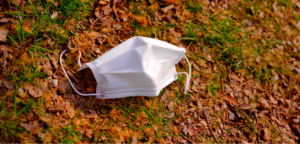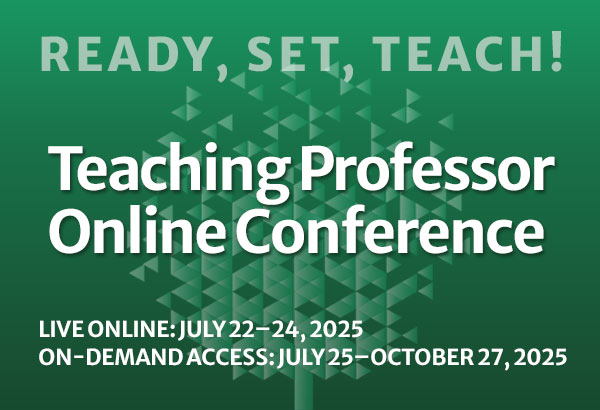
Embracing Uncertainty: The Important of Context, Choice, and Connection
One of the courses I am teaching this semester is a senior-level course titled Autonomic Nervous System Regulation. In this class, we examine the autonomic nervous system (ANS), which is the part of our nervous system that governs involuntary physiological processes, such as our heart












